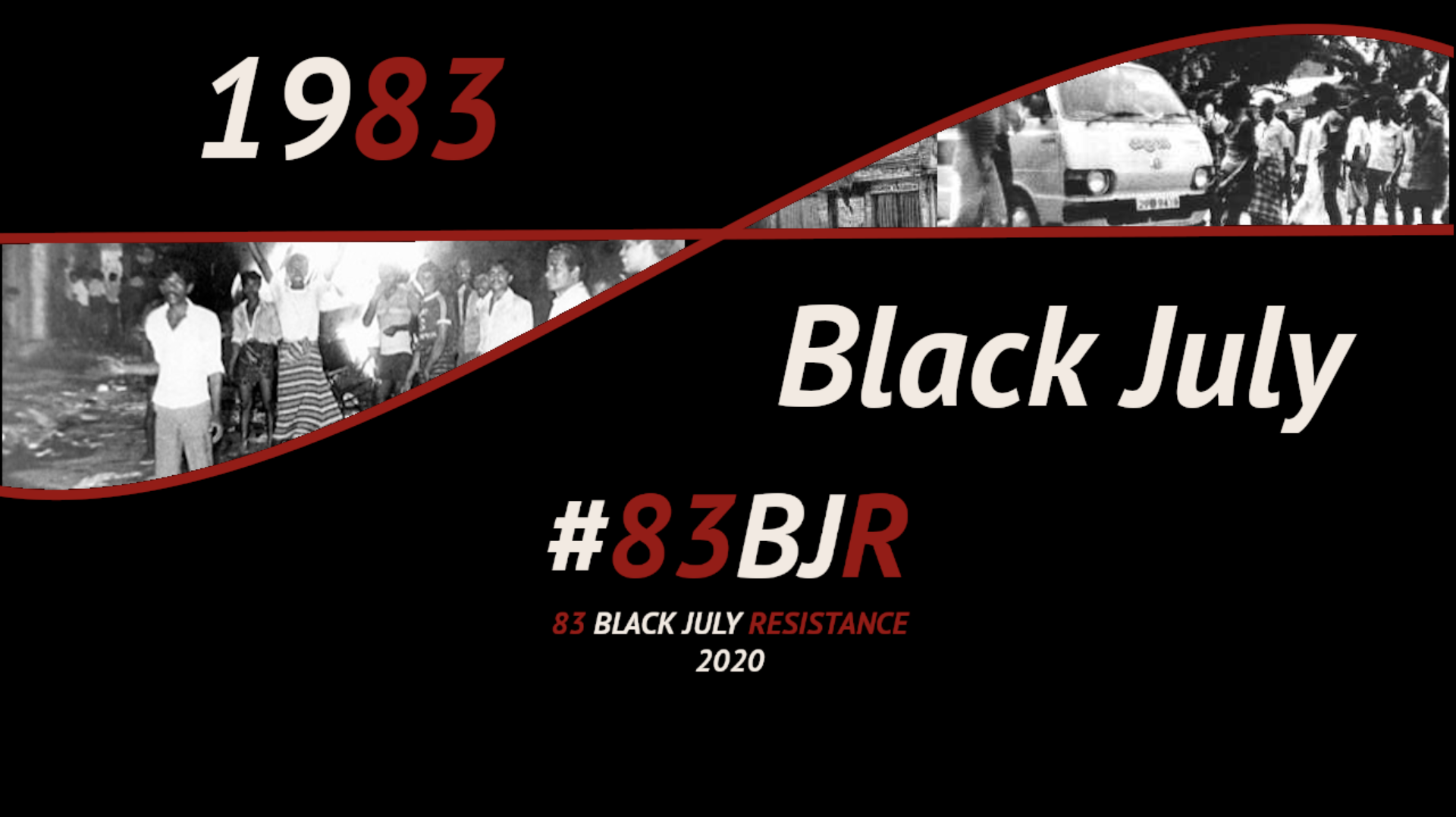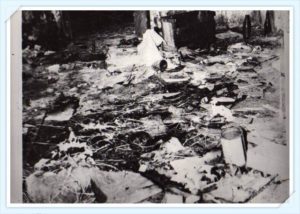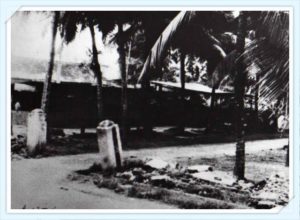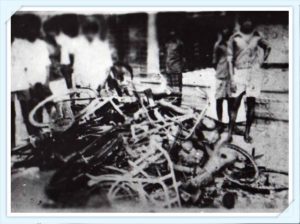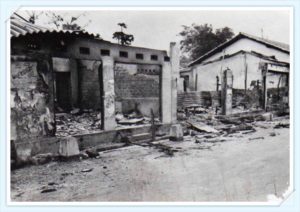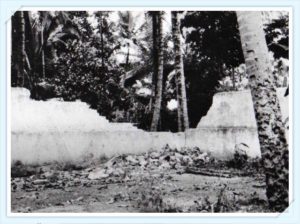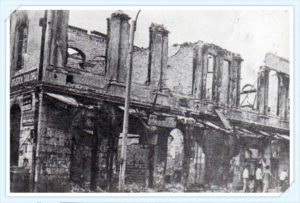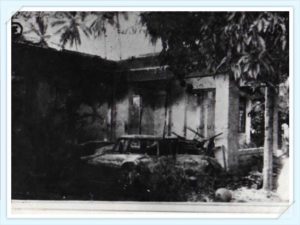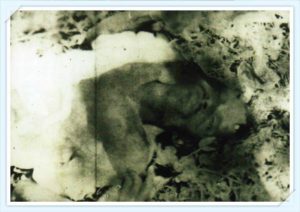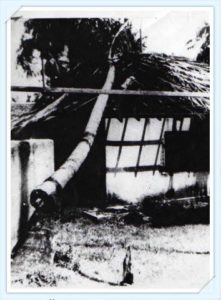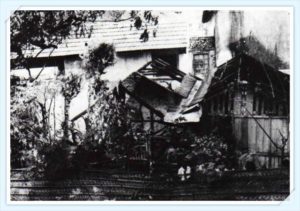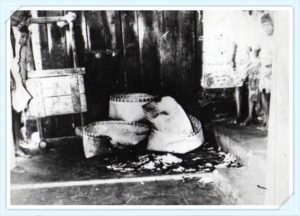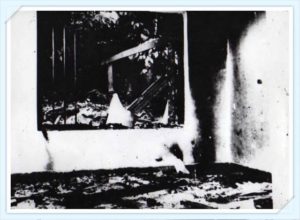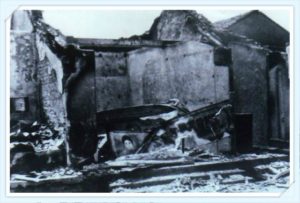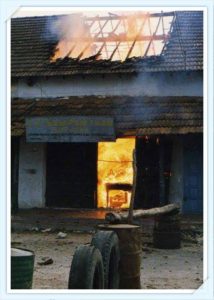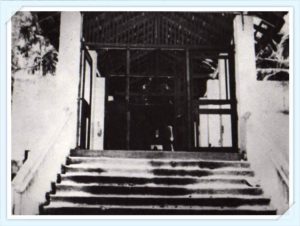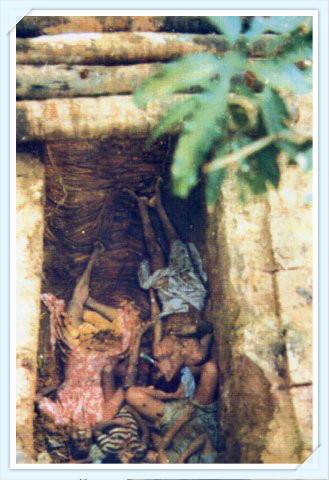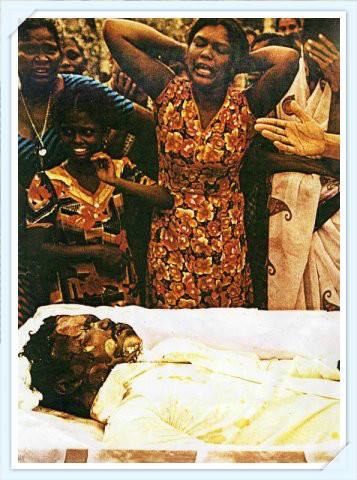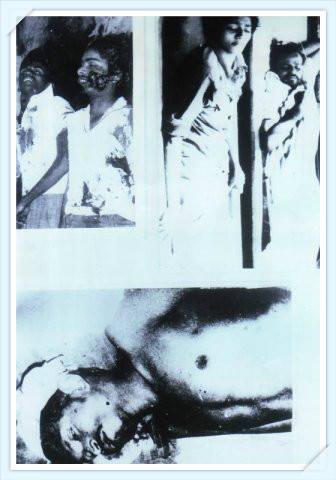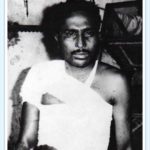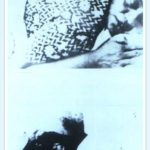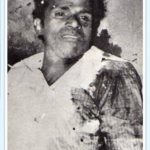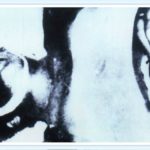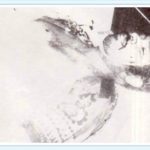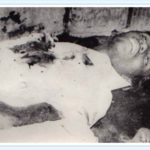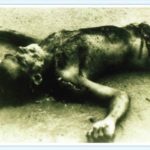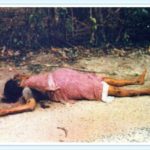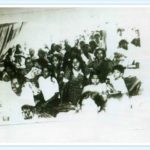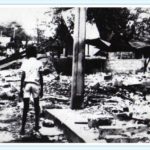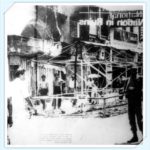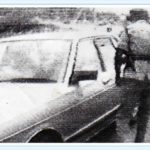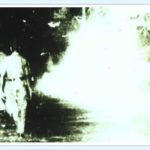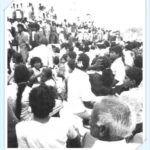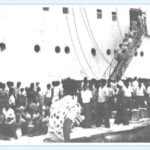What happened in July 1983?
- On the night of 24th July 1983, riots spread to major tamil parts in Srilanka
- Over 7 days, mobs of mainly Sinhalese attacked Tamil target, burning, looting and killing
- Death toll range between 400 and 3’000
- 8’000 homes were destroyed
- 5’000 shops were destroyed
- 150’000 people were made homeless
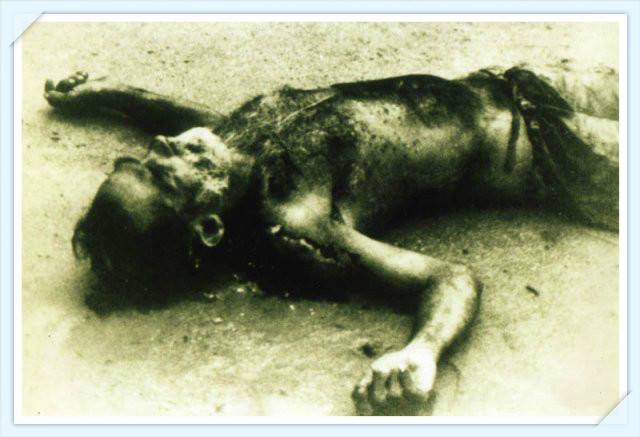
400-3’000 Deaths in over 7 days
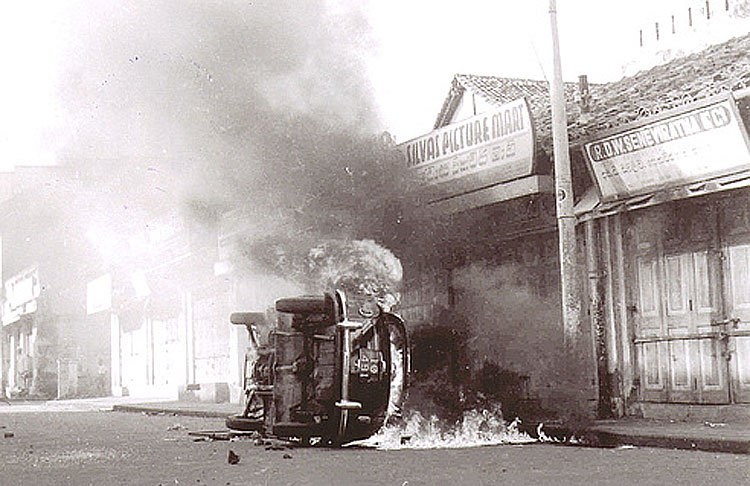
Results after these 7 days
- The economic cost of the riots was $300 million
- A wave of Sri Lankan Tamils fled to other countries in the ensuing years
- many thousands of Tamils youths joined the militant groups
- Black July is generally seen as the start of full-scale Civil War between the Tamil militants and the government of Sri Lanka.
- July has become a time of remembrance for the Tamil diaspora community around the world.
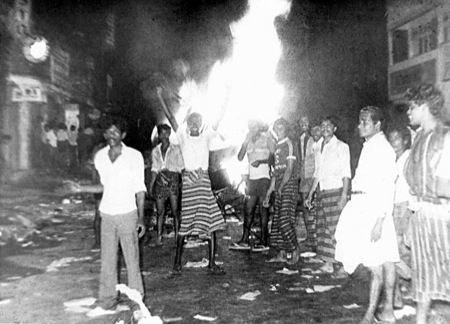
The London Daily Express (29 July) wrote:
Mrs. Eli Skarstein, back home in Stavanger, Norway, told how she and her 15 year old daughter, Kristen witnessed one massacre. ‘A mini bus full of Tamils were forced to stop in front of us in Colombo’, she said. A Sinhalese mob poured petrol over the bus and set it on fire. They blocked the car door and prevented the Tamils from leaving the vehicle. ‘Hundreds of spectators watched as about 20 Tamils were burnt to death.’ Mrs. Skarstein added: ‘We can’t believe the official casualty figures. Hundreds, maybe thousands, must have been killed already. The police force (which is 95% Sinhalese) did nothing to stop the mobs. There was no mercy. Women, children and old people were slaughtered. Police did nothing to stop the genocide.’
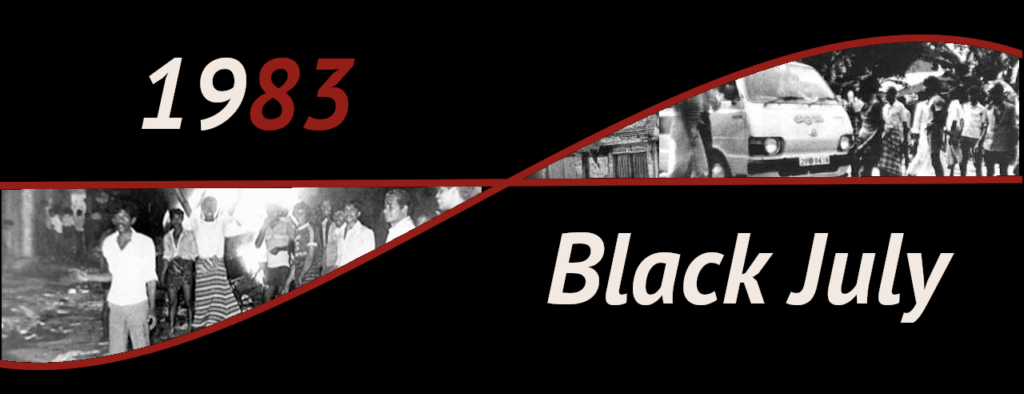
President Jayewardene’s expression reflects the anti-tamil temper in Srilanka right before Black July:
“I am not worried about the opinion of the Jaffna (Tamil) people now. Now we cannot think of them. Not about their lives or of their opinion about us. The more you put pressure in the north, the happier the Sinhala people will be here… really, if I starve the Tamils out, the Sinhala people will be happy.”
– Sri Lankan President Jayewardene
London Daily Telegraph, 11 July 1983
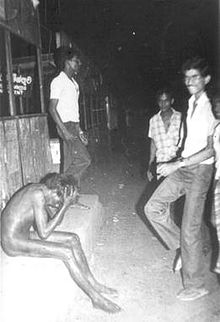

Resist Tamil Genocide Reject Silent Policy | Post-it Campaign
Join us in solidarity as we commemorate Black July. It’s as simple as 1,2,3.
- Write “Resist Tamil Genocide Reject Silent Policy” on a post-it sticker with #83BJR and stick it in a public space.
- Take a photo of where you have stuck your post it, especially if it’s near any landmark building.
- Post with the #83BJR to join us in solidarity.
வெல்வது உறுதி
